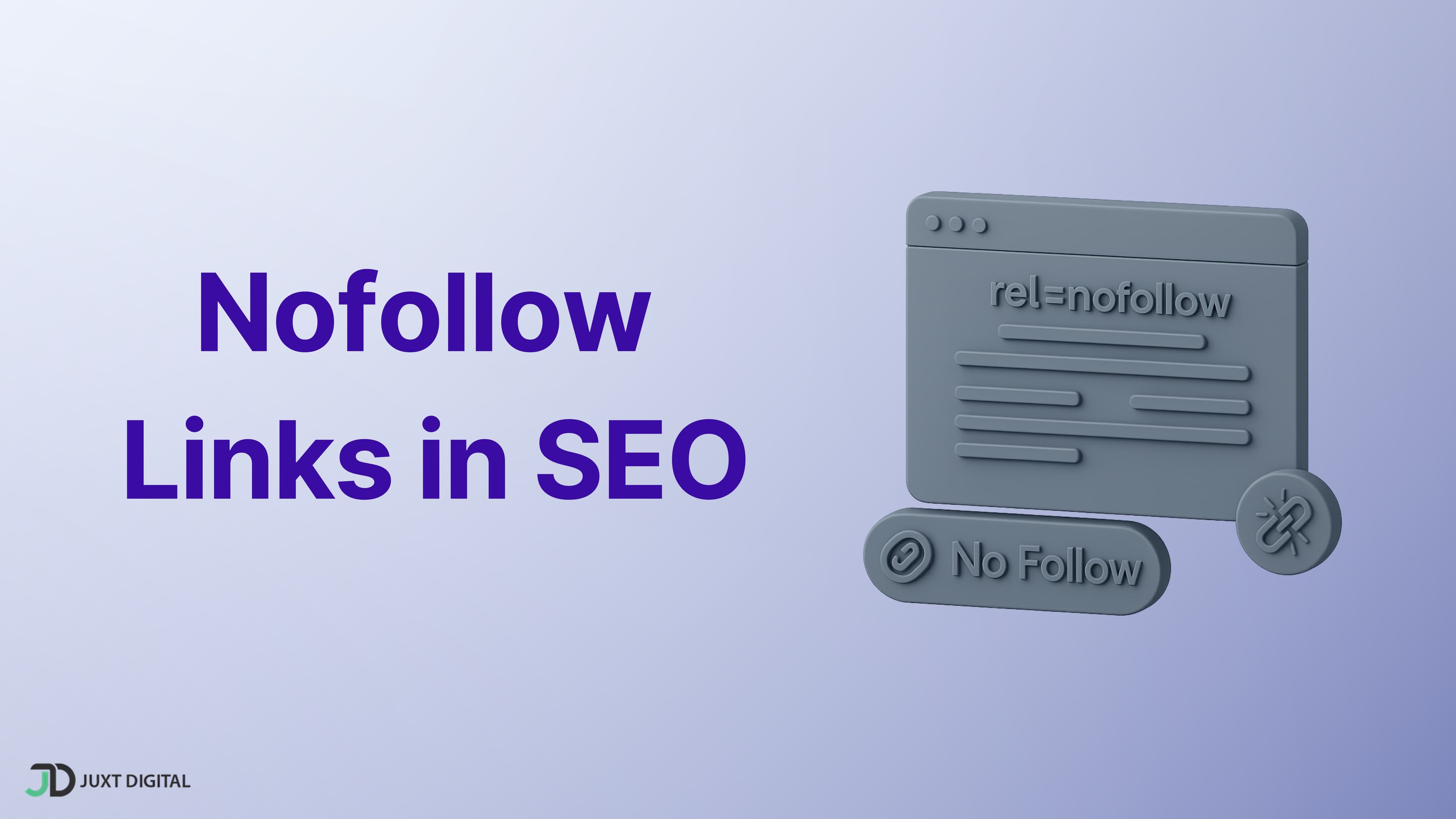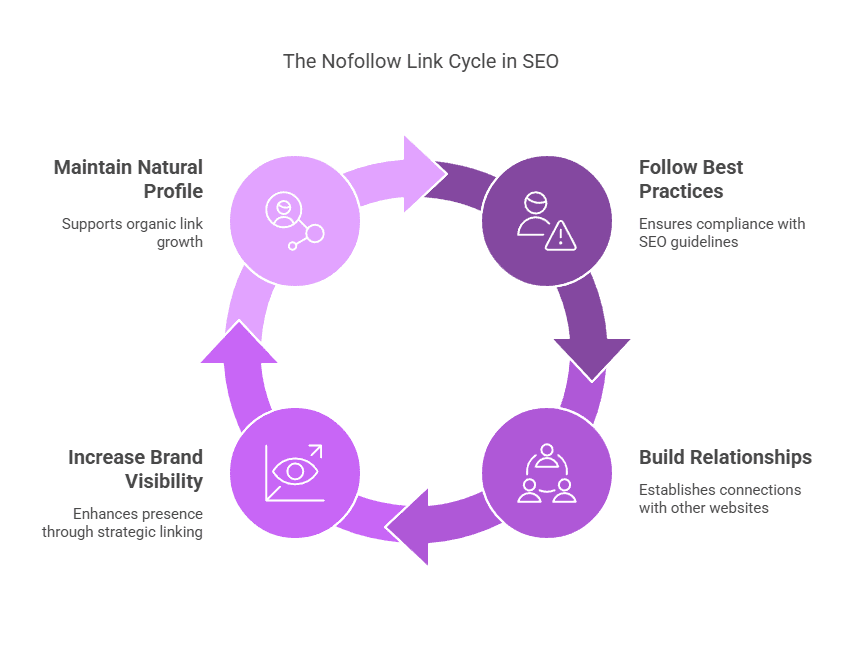According to a recent study by Ahrefs, 10.6% of all backlinks to the top 110,000 websites are nofollow links. This might seem surprising, but there are valid reasons why so many websites use nofollow links. The main difference between nofollow and dofollow links is how search engines interpret them. Dofollow links pass authority to the linked website, which can boost its ranking in search results. In contrast, nofollow links do not directly contribute to a website's search ranking.
It's important to understand this difference because search engines use various factors, including the authority passed through links, to determine where a website appears in search results. While nofollow links don't directly contribute to this authority, they still play a significant role in a comprehensive SEO strategy, as we'll explore later in this article.
From a technical perspective, the only difference between the two is that a nofollow link includes a rel="nofollow" tag in the HTML code. This tag signals to search engine crawlers not to transfer authority to the linked website. However, this tag doesn't affect how users interact with the link; they can still click on it and visit the linked website just like they would with a do-follow link.
In addition to the traditional rel="nofollow" tag, there are two other link attributes that fall under the nofollow category: rel="UGC" and rel=" sponsored." The rel="UGC" attribute is used for user-generated content, such as comments and forum posts while rel="sponsored" is used for sponsored or paid links.
You can inspect the link in your browser to determine whether a link is nofollow or dofollow. Right-click on the link and select "Inspect" to view the HTML code. If you see rel="nofollow," rel=" UGC," or rel=" sponsored," then the link is a nofollow link. You can also use backlink analysis tools like Ahrefs or Moz to check the status of a link.






